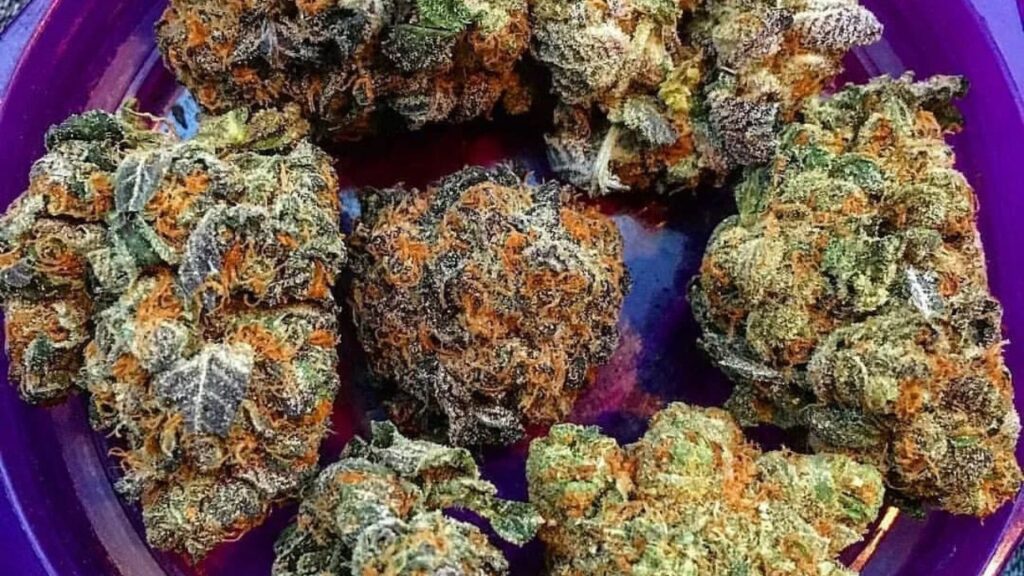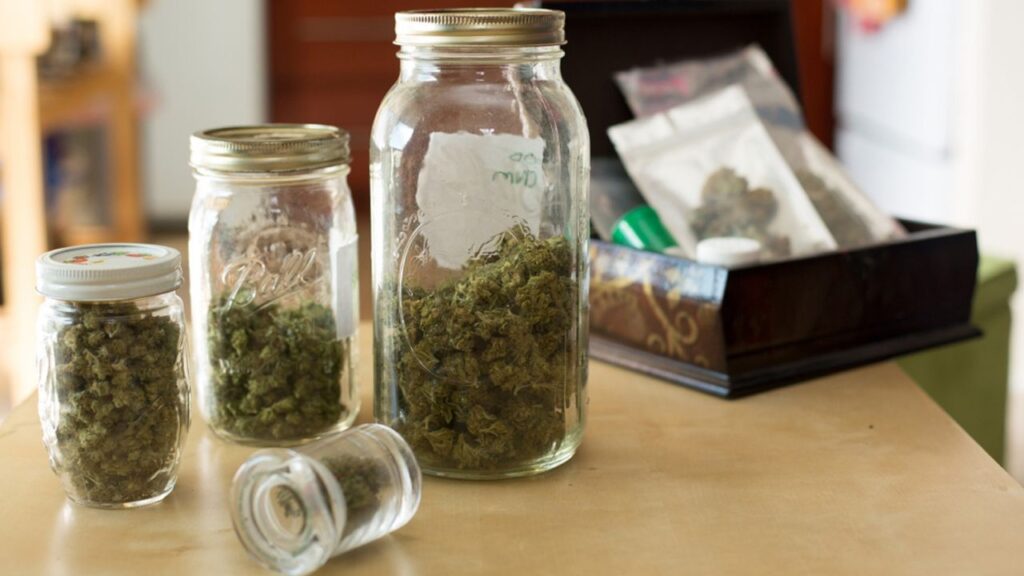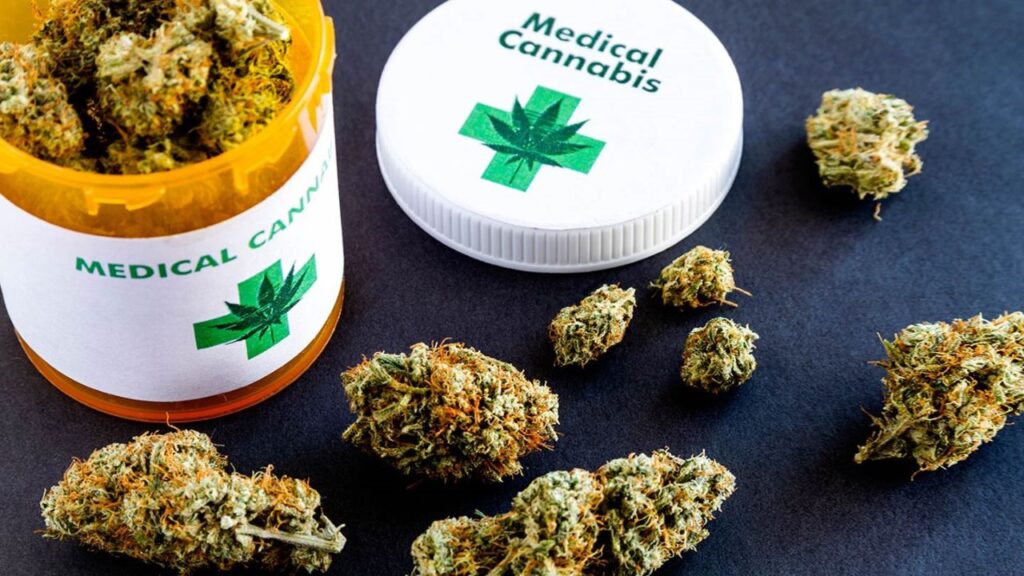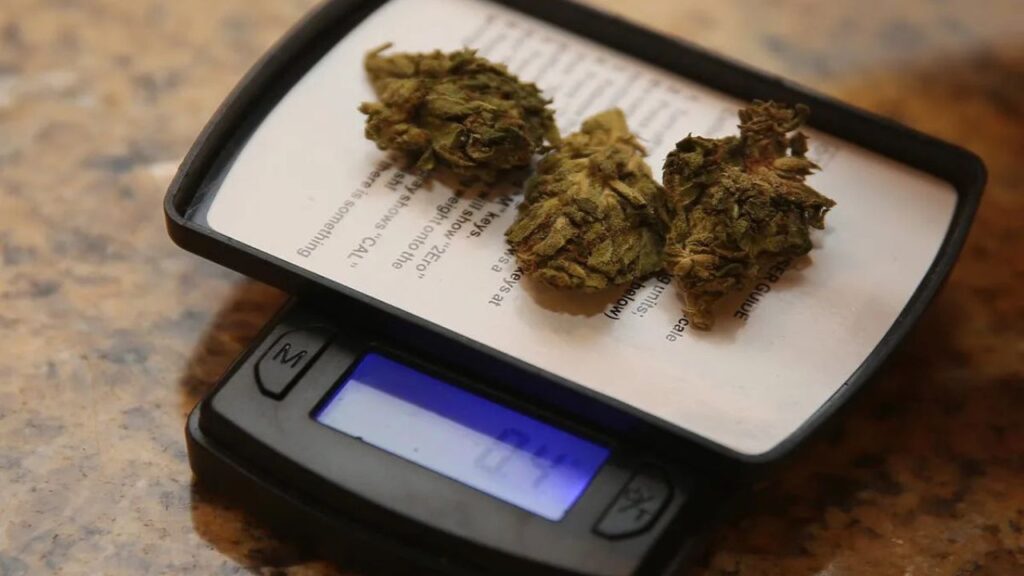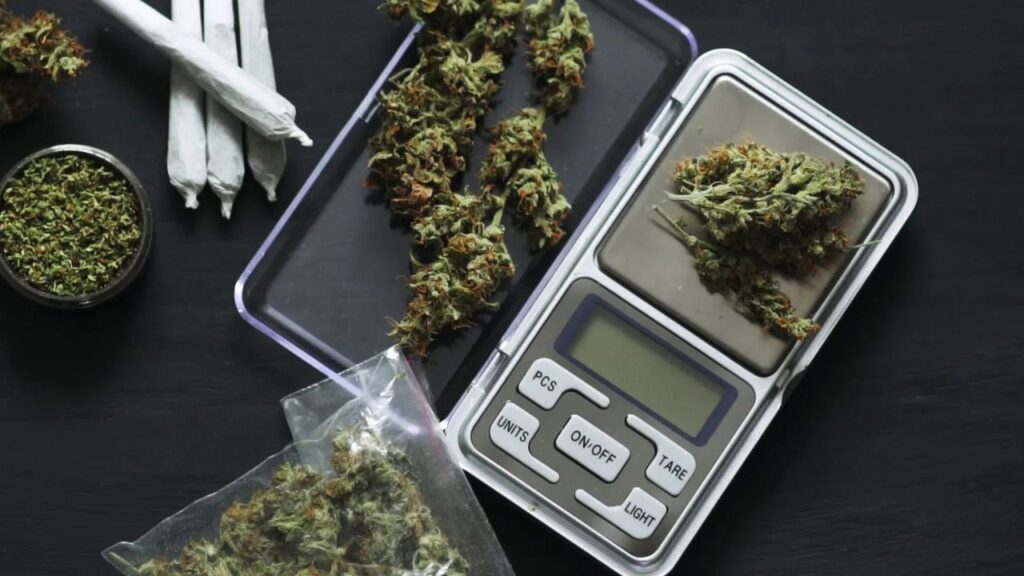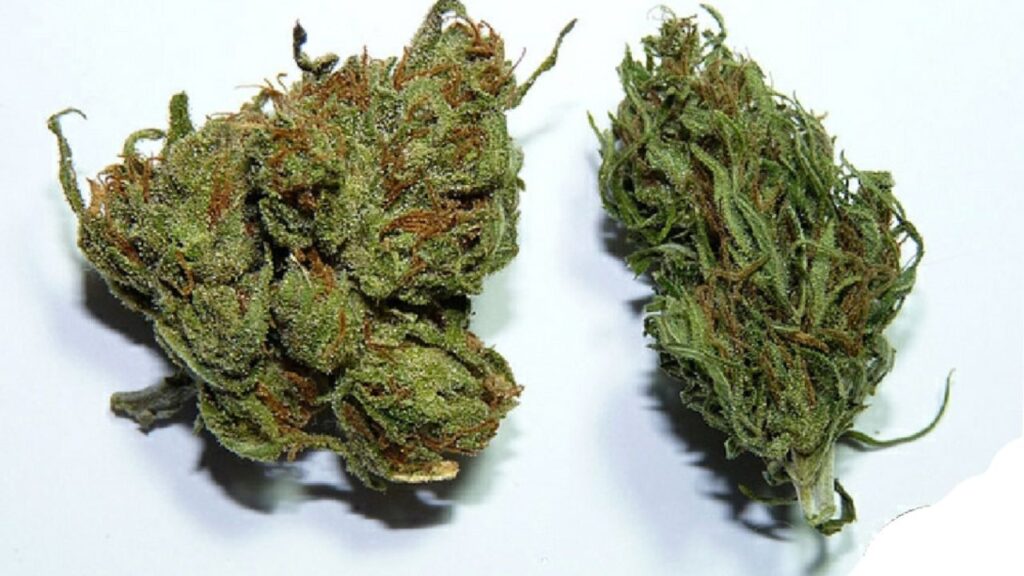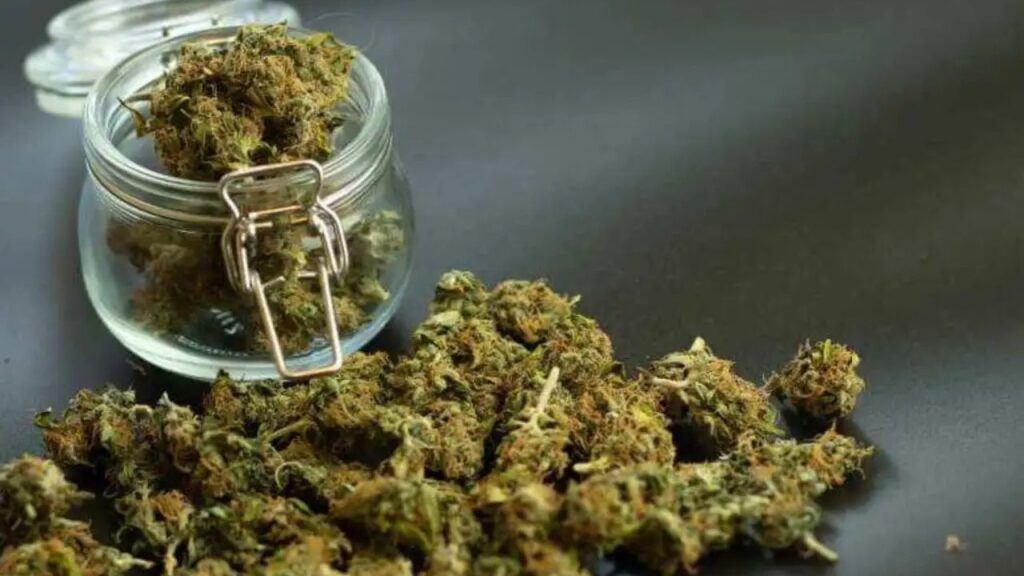Healthy cannabis leaves are a vital sign of a thriving plant. They play a key role in photosynthesis, nutrient absorption, and overall growth. When leaves look vibrant—broad, green, and firm—it often means the plant is receiving proper care. However, when issues arise, the leaves are usually the first to show signs of trouble. cannabis leaf issues.
Common problems include yellowing, curling, spots, drooping, and discoloration. These symptoms can result from nutrient deficiencies, overwatering, pests, disease, or environmental stress. Each issue impacts plant health differently and, if left unchecked, can severely reduce yield and quality.
The purpose of this blog post is to help growers identify, understand, and resolve leaf problems early. By learning what unhealthy leaves look like and what causes these issues, you’ll be better equipped to take action quickly. Whether you’re a beginner or a seasoned grower, keeping your cannabis leaves healthy is key to growing strong, potent, and high-quality buds.
Understanding Cannabis Leaf Anatomy
Cannabis leaves have a unique and recognizable structure. Typically, they are composed of multiple leaflets—usually five to nine—arranged in a fan-like pattern. Each leaflet has a serrated edge and a central vein that supports the flow of water and nutrients. The leaves connect to the plant through petioles, which attach directly to the stems and branches. cannabis leaf issues.
These leaves are more than just a visual symbol of cannabis—they are essential to plant health. Through photosynthesis, they absorb light and convert it into energy for growth, flower production, and overall vitality. They also help regulate water through transpiration and assist in nutrient distribution.
Recognizing changes in leaf color, cannabis leaf issues, shape, or texture is crucial for early problem detection. Leaves often show the first signs of stress, nutrient deficiencies, or disease. By understanding how healthy cannabis leaves should look, growers can quickly diagnose issues and take corrective action before damage spreads to the rest of the plant.
Common Cannabis Leaf Issues
Cannabis leaves often reveal the first signs of trouble in your grow. Nutrient deficiencies are a major cause of leaf problems. Nitrogen deficiency causes yellowing of older leaves and stunted growth. Phosphorus deficiency leads to dark, purplish leaves and weak stems. Potassium deficiency creates yellow or brown edges on leaves, often accompanied by curling and spotting.
Pest infestations also harm cannabis leaves. Spider mites leave tiny yellow specks and fine webbing on the undersides of leaves. Aphids suck sap, causing curling, drooping, and sticky residue. Whiteflies, small flying insects, weaken plants by feeding on leaves and leaving behind honeydew that promotes mold.
Fungal infections further threaten leaf health. Powdery mildew appears as a white, dusty coating and spreads quickly in humid conditions. Root rot, although hidden underground, causes wilting and yellowing leaves as the roots can no longer supply nutrients.
Identifying Nutrient Deficiencies
Cannabis plants require a balanced supply of nutrients to grow strong and produce high-quality buds. When key nutrients are lacking, the leaves are usually the first to show warning signs.
Nitrogen deficiency is one of the most common problems. Nitrogen is essential for leaf development and chlorophyll production. When it’s lacking, older leaves near the bottom of the plant turn yellow and may fall off. Growth slows down, and the plant may appear pale or weak overall.
Phosphorus deficiency- affects root development, energy transfer, and flowering. Leaves may develop a dark green or bluish tint with reddish or purple stems. As the deficiency worsens, older leaves can become dry, curl downwards, or show dark spots. Bud development also suffers, leading to lower yields.
Potassium deficiency- weakens the plant’s ability to manage water and resist disease. Symptoms appear as yellowing or browning around the edges of leaves, often with curling tips. Leaves may feel dry or crispy, and plant growth slows. Buds may also develop poorly or become more vulnerable to mold and pests.
Spotting these signs early and adjusting your nutrient mix promptly can restore balance and keep your cannabis plants healthy and productive throughout the grow cycle.

Recognizing Pest Infestations
Pests can quickly damage cannabis leaves and stunt plant growth if not identified early. Spider mites are tiny but highly destructive. They often go unnoticed until damage appears—look for tiny yellow or white specks on the leaves, fine webbing underneath, and general leaf discoloration. Left untreated, they can defoliate a plant rapidly.
Aphids are soft-bodied insects that cluster on stems and the undersides of leaves. They suck sap from the plant, causing leaves to curl, turn yellow, and droop. Aphids also leave behind a sticky residue called honeydew, which can attract ants and lead to mold growth.
Whiteflies are small, winged insects that scatter in clouds when the plant is disturbed. Like aphids, they feed on sap and produce honeydew. Signs of infestation include wilting, yellowing leaves, stunted growth, and a noticeable presence of white insects flying around the plant.
Diagnosing Fungal Infections
Fungal infections are a serious threat to cannabis plants, often starting subtly and spreading fast. Powdery mildew is one of the most recognizable issues—it appears as white, powdery spots on the tops of leaves, spreading quickly in warm, humid environments. As it progresses, leaves may yellow, curl, or become brittle, affecting photosynthesis and plant health.
Root rot, typically caused by overwatering and poor drainage, is harder to detect initially because it affects the roots underground. However, symptoms show above the soil as yellowing, drooping, and wilting leaves. The plant may look overwatered and stunted, with a mushy or brown root system if inspected.
Other fungal issues include leaf septoria, which causes yellow spots with dark brown centers, and botrytis (bud rot), which starts inside dense buds and turns them gray, moldy, and unusable. Keeping humidity low, ensuring proper airflow, and inspecting plants regularly can prevent these infections.
What Does a Plant Look Like When Overwatered?
An overwatered plant often looks limp and droopy, even though the soil feels wet. This is because the roots are suffocating—too much water blocks oxygen from reaching them. Cannabis plants in particular may show yellowing leaves starting from the bottom, which can resemble nitrogen deficiency. The leaves may feel soft, appear swollen, or curl downward in a “claw-like” shape. Over time, leaf tips may brown, and the overall growth of the plant will slow or stop entirely.
The soil may emit a sour or musty smell due to root rot. If you check the roots, they’ll often appear brown, mushy, or slimy instead of white and healthy. Overwatering is especially common in potted plants with poor drainage or when growers water too frequently without letting the soil dry out. Recognizing the signs early and adjusting your watering schedule can save the plant and help it recover.
Environmental Factors Affecting Leaf Health
Environmental conditions play a major role in cannabis leaf health. Light exposure is crucial—too little light can cause leaves to stretch, weaken, and turn pale, while too much intense light may lead to light burn, visible as yellowing or browning at the tips or edges of the leaves. Positioning grow lights correctly and adjusting their intensity is key to avoiding damage.
Humidity levels also impact leaf health. High humidity can create a breeding ground for mold and mildew, such as powdery mildew or bud rot. Low humidity, on the other hand, can dry out leaves, causing them to curl, crack, or turn brown. Maintaining balanced humidity—typically between 40–60% depending on the growth stage—is essential.
Temperature fluctuations stress the plant as well. Sudden drops or extreme heat can cause leaves to wilt, curl, or discolor. Stable temperature ranges (70–85°F) help maintain healthy, vibrant leaves throughout the growth cycle.
Preventative Measures for Leaf Issues
Preventing cannabis leaf problems starts with proactive care. Proper nutrient management is key—use a balanced feeding schedule based on the plant’s growth stage. Overfeeding or underfeeding can lead to deficiencies or toxicities, both of which affect leaf health. Regularly check pH levels in soil and water to ensure nutrients are properly absorbed.
Regular pest inspections help catch infestations early. Look under leaves and around stems for signs of mites, aphids, or whiteflies. Using sticky traps and beneficial insects can reduce pest populations without harsh chemicals. Clean your grow space often to eliminate hiding spots for pests.
Maintaining optimal growing conditions—including proper lighting, ventilation, temperature, and humidity—keeps plants strong and resistant to stress. Avoid overcrowding to improve airflow, and adjust environmental controls based on each growth phase. Healthy, stress-free plants are far less likely to suffer from leaf issues, giving you better yields and higher-quality buds.

Treatment Options for Affected Leaves
When cannabis leaves show signs of distress, prompt treatment can restore plant health. Nutrient supplementation is often the first step. Identify the deficiency—such as nitrogen, phosphorus, or potassium—and adjust your feeding schedule accordingly. Always correct pH imbalances to ensure nutrients are properly absorbed.
For pests, organic control methods are effective and plant-safe. Neem oil, insecticidal soaps, or diluted essential oils (like rosemary or peppermint) can deter pests like spider mites, aphids, and whiteflies. Introducing beneficial insects such as ladybugs or predatory mites can also help manage infestations naturally.
Fungal treatments require targeted solutions. For powdery mildew, apply a foliar spray of diluted hydrogen peroxide, baking soda, or commercial organic fungicides. For root rot, improve soil drainage and reduce watering; adding beneficial microbes can help restore root health. Always quarantine affected plants when possible and remove heavily damaged leaves to prevent further spread and aid recovery.
FAQs
Pot Leaf Problems?
What are common problems affecting pot leaves? Issues like yellowing, curling, spots, and wilting often indicate nutrient deficiencies, pests, or environmental stress.
Cannabis Leaves Symptoms?
What symptoms appear on cannabis leaves when plants are unhealthy? Look for discoloration, deformities, and texture changes that signal underlying issues.
Cannabis Leaf Symptoms?
How can you identify cannabis leaf symptoms? Changes in color, shape, cannabis leaf issues, and texture often reveal nutrient imbalances, pests, or disease.
Cannabis Leaf Problems?
What are typical cannabis leaf problems? Nutrient deficiencies, cannabis leaf issues, pest infestations, fungal infections, and environmental stress commonly cause leaf damage.
Leaf Symptoms Cannabis?
Which leaf symptoms indicate cannabis problems? Yellowing, spots, curling, and dryness often point to health issues needing attention.
Marijuana Leaf Problems?
What causes marijuana leaf problems? Poor nutrition, pests, fungi, and improper environmental conditions typically lead to leaf issues.
Conclusion
Healthy cannabis leaves are a vital indicator of your plant’s overall well-being. This guide covered common leaf issues such as nutrient deficiencies, pest infestations, and fungal infections, along with how to identify and treat them. Understanding leaf anatomy and recognizing early symptoms can help you catch problems before they affect your entire crop.
Regular monitoring of leaf health is essential for maintaining strong, productive plants. Consistent inspection allows you to spot subtle changes, adjust nutrients, control pests, and manage environmental factors effectively. Preventative care not only improves yield but also enhances the quality and potency of your cannabis.
If you encounter persistent or severe problems, don’t hesitate to seek professional advice from experienced growers or horticulturists. Expert guidance can provide tailored solutions and prevent costly mistakes. By staying attentive and proactive, you’ll ensure your cannabis plants thrive from seedling to harvest.
Read More>>>>>>> How to Identify Common Cannabis Leaf Issues
Visit Our Shop: https://kushman.net/shop/


